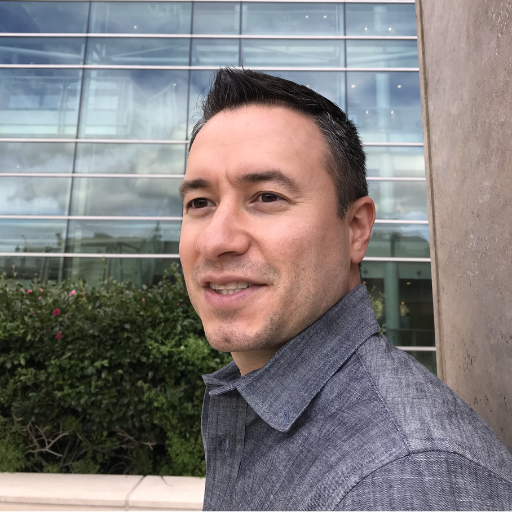
JamesWells
PhD
Location
San Francisco, CA, USA
Current Organization
The University of California, San Francisco
Biography
Dr. Wells spent 35 years doing mechanism-based cancer research in basic and therapeutic sciences at Genentech and Sunesis prior to joining UCSF in 2005. At Genentech, his group pioneered gain-of-function engineering of enzymes, proteins, and antibodies by site-directed mutagenesis and phage display. His group revealed the first cytokine-receptor mechanism for dimerization, discovered hot-spots in protein-protein interfaces using alanine-scanning, and built a new antagonist for human growth hormone used in treating acromegaly today (pegvisomant), and humanized the VEGF-antibody (bevacizumab) for a variety of cancers. At Sunesis, an oncology drug discovery company that he co-founded, his group developed a novel site-directed approach for fragment-based drug discovery, called Tethering and applied it to cancer targets in clinical development. There they discovered the recently approved drug, Lifitegrast. His lab at UCSF has been focused on understanding cell death in cancer and more recently how oncogenes remodel cell surfaces. His lab pioneered subtiligase proteomics work to cell surface proteins and use this with carbohydrate labeling technology to determine proteins that are produced or modified during oncogene activation. He started the Antibiome Center to exploit an automated phage display robot for generation of renewable recombinant antibodies to the proteome at industrial scale. These technologies are now being employed to unravel the surfaceome in health and disease and serve as the crux of the current proposal outlined by Brandon.




